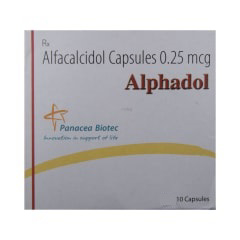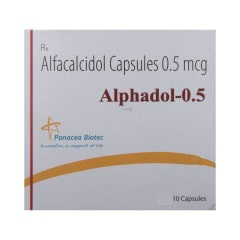Definition of Osteoporosis
Osteoporosis is a disease condition in which bones get thin and weak due to low bone mass (bone density). This makes bones fragile and increased risk of fractures from slightest trauma.
Causes and Risk Factors of Osteoporosis
Osteoporosis results from excess bone loss and less new bone tissue formation. The following are risk factors for osteoporosis.
1. Non-modifiable risk factors:
a) Gender: Women are at a greater risk than men, especially women who are thin or have a small frame, as are those of advanced age.
b) Ethnicity: Women who are white or Asian, especially those with a family member with osteoporosis, have a greater risk of developing osteoporosis than other women.
c) Menopause
d) Having osteopenia (low bone density)
e) Low androgen levels in men after age of 60 years
f) Family history of osteoporosis
g) Past history of fractures after age of 50 years
2. Modifiable risk factors:
a) Diet: Low calcium and vitamin D diet is a high risk for osteoporosis
b) Cigarette smoking
c) Eating disorders such as anorexia nervosa or bulimia
d) Sedentary lifestyle, lack of exercise
e) Heavy alcohol consumption
f) Low body weight especially in case of thin women
g) Disease conditions like hypothyroidism and rheumatoid arthritis
h) Medications like glucocorticoids, certain antiseizure, or cancer drugs
Signs and Symptoms of Osteoporosis
Osteoporosis may not cause any symptoms in earlier stages and person realizes it after fractures after a small bump, strain, or fall when it has advanced. In the later stages some patients may get following symptoms:
1. Dull pain in the bones or muscles, particularly low back pain or neck pain (in initial stages)
2. Sharp pains in bones or muscles that come on suddenly, localized and tender to touch which worsen after pressure
3. Loss of height in one or more inches signifies spine fractures
4. Multiple spine fracture can result in a curved spine and stooped posture
5. Backache
6. Fractures at the hip or bones of the wrist, usually resulting from fall are commonest at old age
Investigations
1. The physician requires detailed medical history along with clinical examination before confirming diagnosis or risk of osteoporosis.
2. Bone mineral density test
3. To check for, calcium, phosphorus, vitamin D, and testosterone levels
4. Thyroid function test
5. Kidney function test
Treatments of Osteoporosis
The aim of treatment for osteoporosis is mainly halting the bone tissue loss, increasing bone density, preventing bone fractures, and relieving the pain associated with the disease.
1. Diet: Young adults should have good amount of calcium (1,000 mg daily) in their diet. Women over age 50 should have 1,200 milligrams (mg) of calcium intake daily. Men between the ages of 51 and 70 should have 1,000 mg of calcium intake per day. Dairy products are also a good source of protein and have the added advantage of being good sources of calcium.
Non-dairy foods rich in calcium include dark green, leafy vegetables such as broccoli, sardines and salmon with bones, and tofu.
Vitamin D is essential for absorption of calcium in body. Daily requirement of vitamin D increases with the age. People between age group 51 and 70 should consume at least 600 international units (IU) of vitamin D daily, while people over age 70 should consume at least 800 IUs daily.
Certain kinds of fish — herring, salmon, tuna and milk fortified with vitamin D are good sources of vitamin D. One can take vitamin D supplement to meet the daily requirement.
2. Lifestyle changes such as:
a) Maintaining body weight as per normal BMI index.
b) Performing weight-bearing exercise such as walking or aerobics.
c) Regular exercise can strengthen the muscles and joints.
3 .Patients with spinal, hip, or wrist fractures should consult orthopedic surgeon for further management. Along with this physiotherapy and exercises are essential to maintain adequate range of motions.
Sale!
Osteoporosis
$10.00
Sale!
Osteoporosis
$8.00
Sale!
Osteoporosis
$9.00
Sale!
Osteoporosis
$9.00
Sale!
Osteoporosis
$9.00
Sale!
Osteoporosis
$9.00
Sale!
Osteoporosis
$10.00
Sale!
Osteoporosis
$9.00
Sale!
Osteoporosis
$9.00
Sale!
Osteoporosis
$135.00
Sale!
Osteoporosis
$10.00
Sale!
Osteoporosis
$9.00












